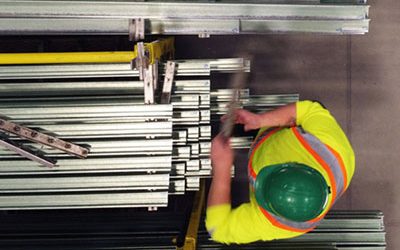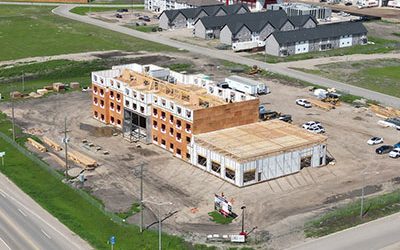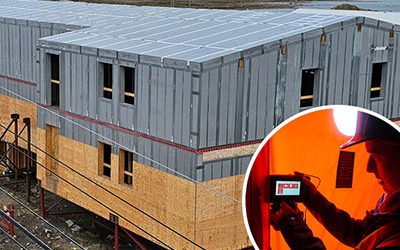One of the main components of ICE Panels is Expanded Polystyrene – also known as EPS. It arrives at our manufacturing plant as raw resin beads and is expanded in our plant using steam. The steam activates pentane, a gas that causes the beads to expand approximately 40 times in size. There are no chlorofluorocarbons (CFCs) or hydrofluorocarbons (HFCs) released when expanding EPS – making it one of the most environment-friendly foam insulations on the market.
When the EPS is expanded using the steam method, it absorbs atmospheric air while other insulations use toxic gasses to expand the raw resin EPS, creating inflated R-values. These “better” R-value claims don’t account for the years of off-gassing to follow, leaving you with a much lower R-value than you had to begin with. The foam cells in these products are filled with artificial gas, which slowly escapes from the EPS over time known as off-gassing. Not only is it toxic to the occupants of the building, but its also your R-value escaping from your insulation, reducing the efficiency of your walls.
One of the main components of ICE Panels is Expanded Polystyrene – also known as EPS. It arrives at our manufacturing plant as raw resin beads and is expanded in our plant using steam.
With ICE Panels, after the EPS is expanded, the pentane is completely off gassed in a highly controlled environment, leaving just the expanded EPS bead filled with atmospheric air. By the time the ICE Panels leave our plant, they are permanently stable and no further off-gassing will occur. This ensures that the R-value of the ICE Panels remains the same long-term.



